Chassis: From the idea to the design
Development and design of the chassis geometry
The suspension design was one of the crucial points of my project. As I deliberately decided against a pure reproduction of the original Ford GT40 MKIV chassis, I had to find a solution that harmonized safety, performance and historical appearance. This meant modern kinematics in a classic body.
The basic decision was made quickly – the suspension was to be based on current GT3 standards. The challenge was to design a geometry that would not only bring the enormous performance values of my vehicle safely onto the road, but also offer a manageable balance between agility and stability. At the same time, it had to fit into the given installation space of the body.
The first step was to work out the basic parameters: Track width, wheelbase, caster, camber, roll center and anti-dive/anti-squat parameters. It was important to me that the vehicle had direct yet controllable handling – especially at high speeds. The absence of electronic driving aids made a clean mechanical balance all the more important.
The anti-roll bars are an often underestimated but essential part of the suspension setup. At the front, I use a 7-way adjustable anti-roll bar from the Porsche 992 GT3 RS factory racing car. It fitted so well, it was as if it had been specially developed for my vehicle. At the rear, I use the stabilizer bar from the Porsche Cayman GT4 racing car, also 7-way adjustable, but we had to adjust the width. Originally, I didn’t want to plan with these high-quality components, as they are quite expensive, but my friend Uwe Bleck convinced me with the words: “This will take your suspension from the 20th to the 21st century.” Only the road and the race track will show whether this decision proves successful.
Optimizing the kinematics through simulation
Once the basic chassis design had been defined, the next step was fine-tuning. With the help of simulation software, various setups were tested in order to further optimize the handling. The simulations helped to analyze critical parameters such as the deflection curve, steering geometry and dynamic wheel load distribution.
The evaluation of the roll center in different driving situations was particularly important to me. By making specific adjustments to the wishbone lengths and angles, I was able to further refine the suspension so that it offers stable yet agile handling. In addition, the simulations allowed for more precise tuning of the damper and spring characteristics, which means that the car will feel optimal both on the road and on the racetrack.
This iterative optimization has proven to be a crucial step in unlocking the full potential of my suspension.
Development and design of the suspension including dampers
With the geometry as a basis, the detailed work on the suspension began. As the original suspension of the GT40 MKIV had some weak points in terms of safety and driving stability, I opted for a double wishbone design to ensure the most precise wheel guidance possible. A normal damper arrangement at the front and a pushrod system at the rear.
The wishbones were dimensioned in such a way that they offer maximum rigidity with the lowest possible weight. I used original Audi R8 wheel bearings as the basis for the design – this had the great advantage that I could also use the joints from the original drive shafts to match my R8 gearbox.
Another critical point was the choice of dampers and springs. The combination had to perfectly match my vehicle weight, the axle geometry and the intended use. Here I opted for an adjustable damper system, which allows me to try out different setups. The positioning of the spring/damper units required special care – both in terms of the lever arm and accessibility for later adjustments.
My friend Toni Pfeifer from Pfeifer Fahrwerkstechnik helped me a lot here. He is a gifted damper developer and also produces them.
After numerous calculations and simulations, I hope to have found the optimum combination. I believe that my suspension will not only be safe on the road, but will also offer a driving experience that strikes the perfect balance between old-school racing car and modern performance vehicle.
This part of the project was a real challenge and took a lot of time. But that’s what makes it so appealing to me – finding the right mix of technology, history and modern engineering.
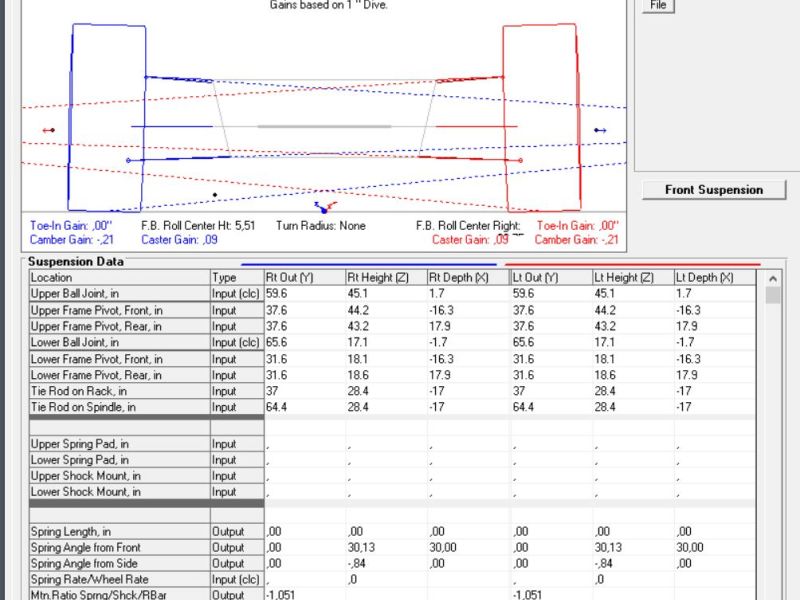
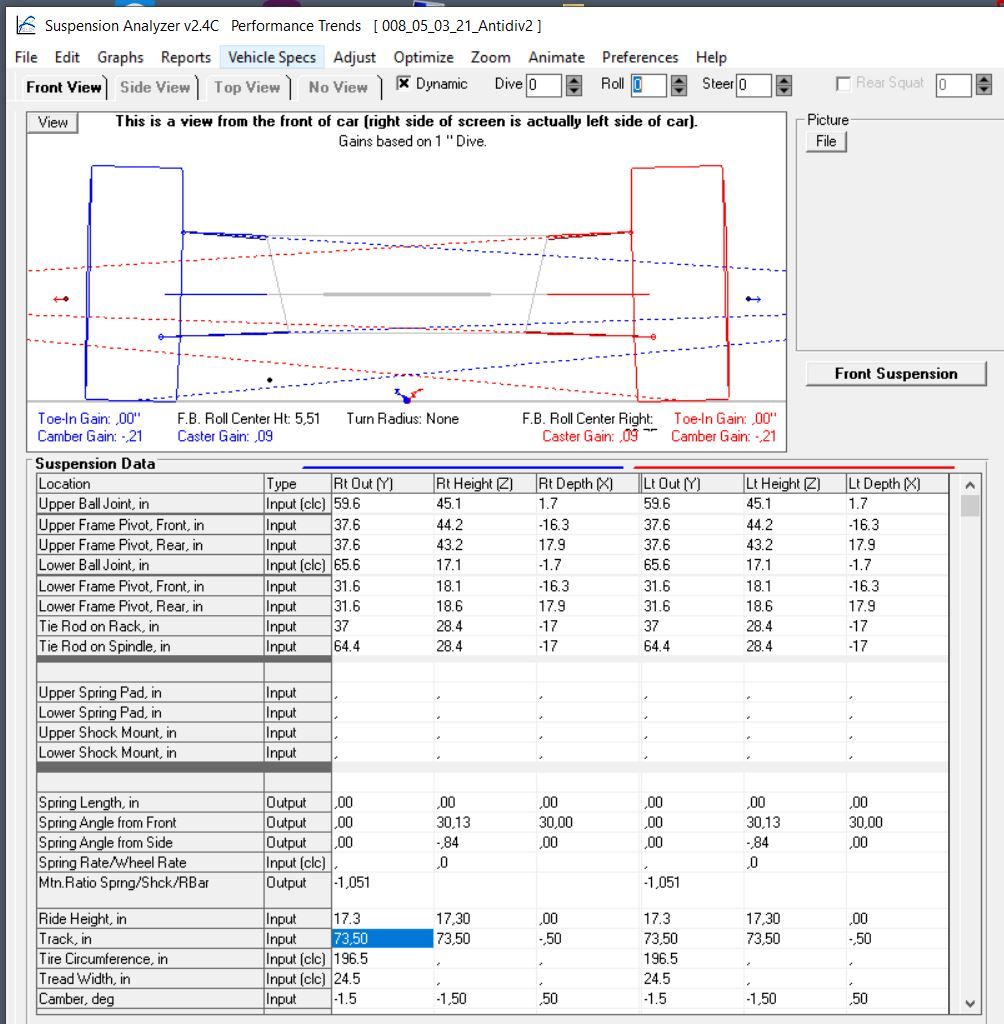
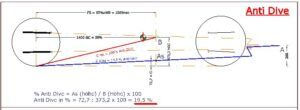
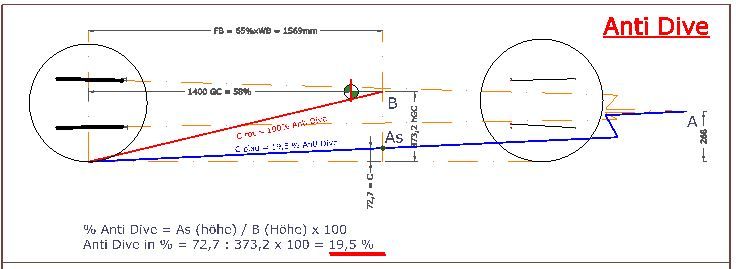
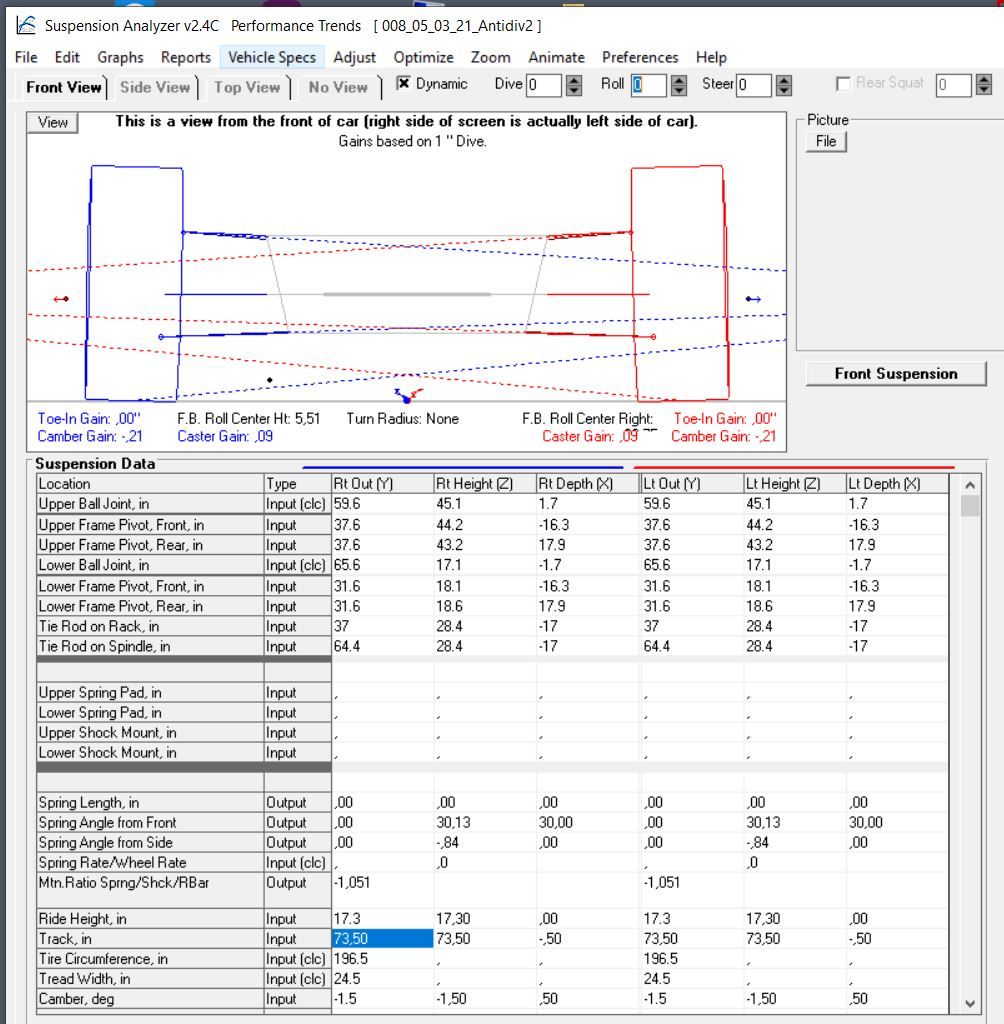
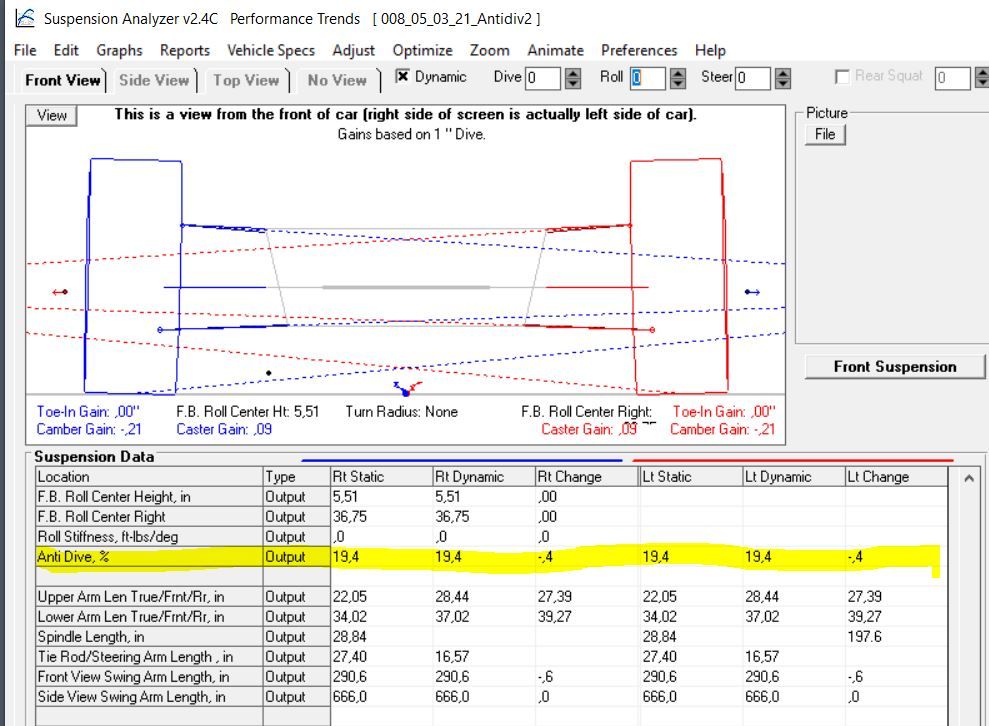
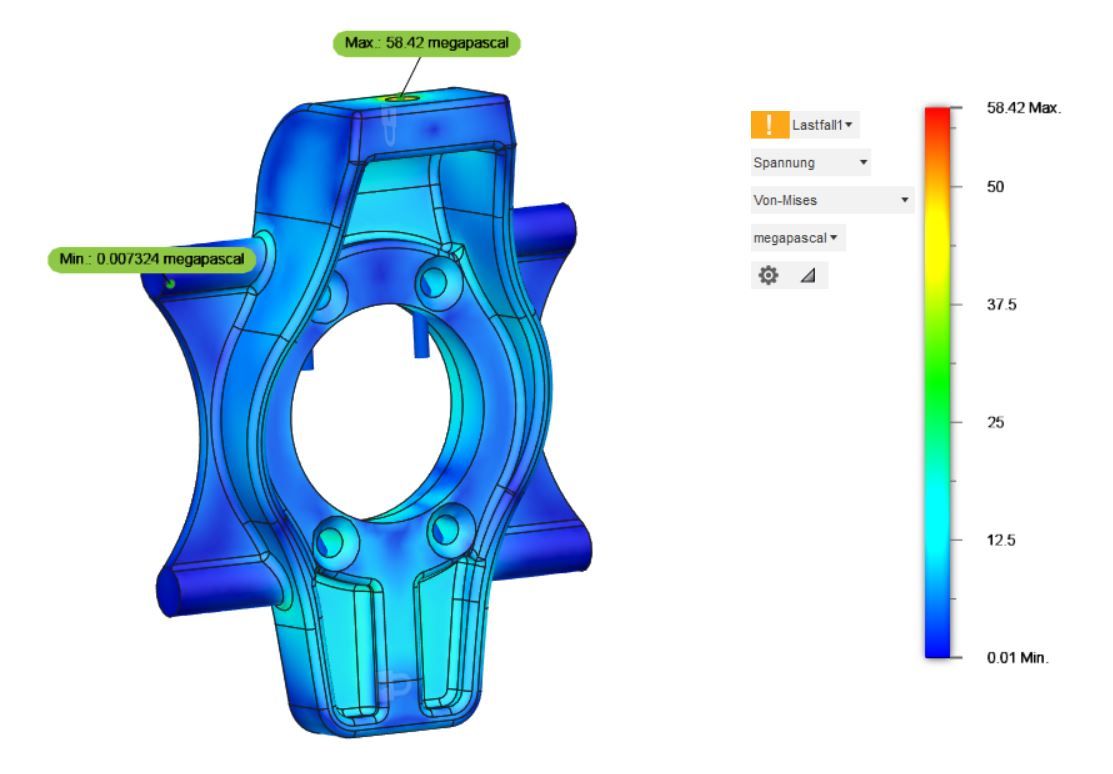
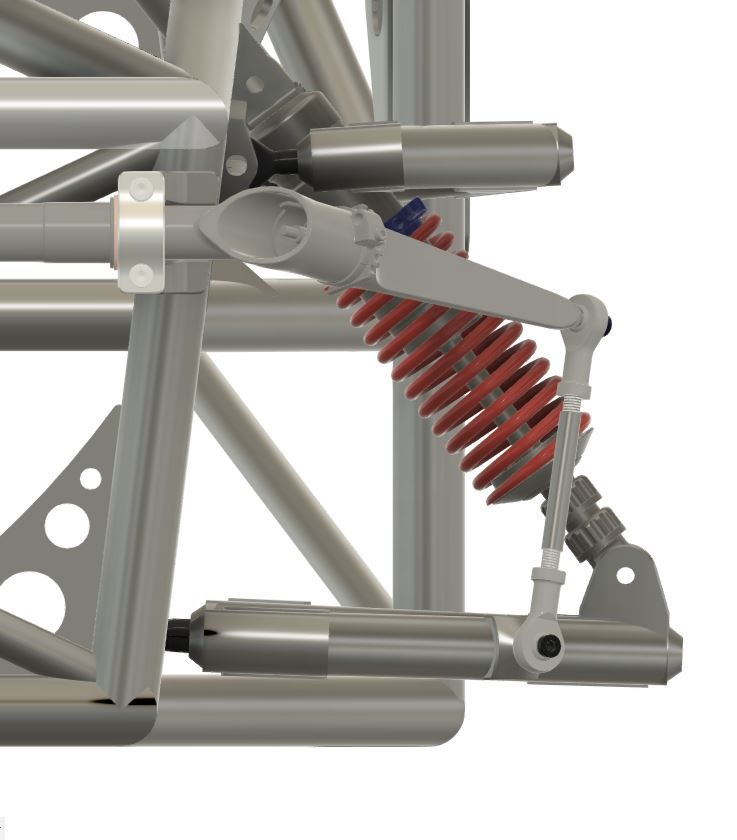
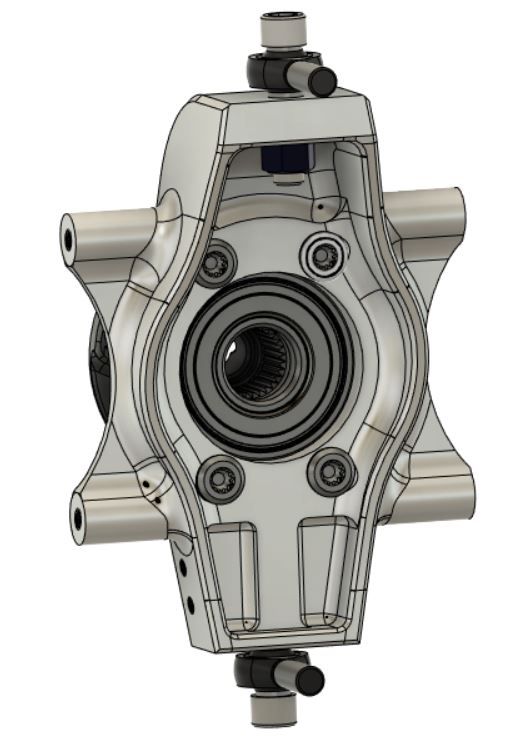
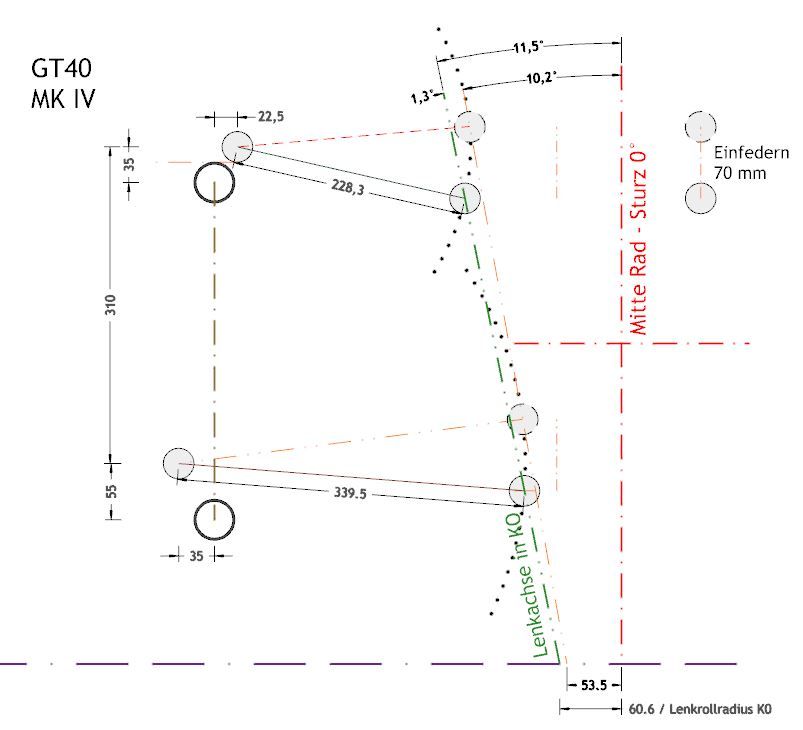
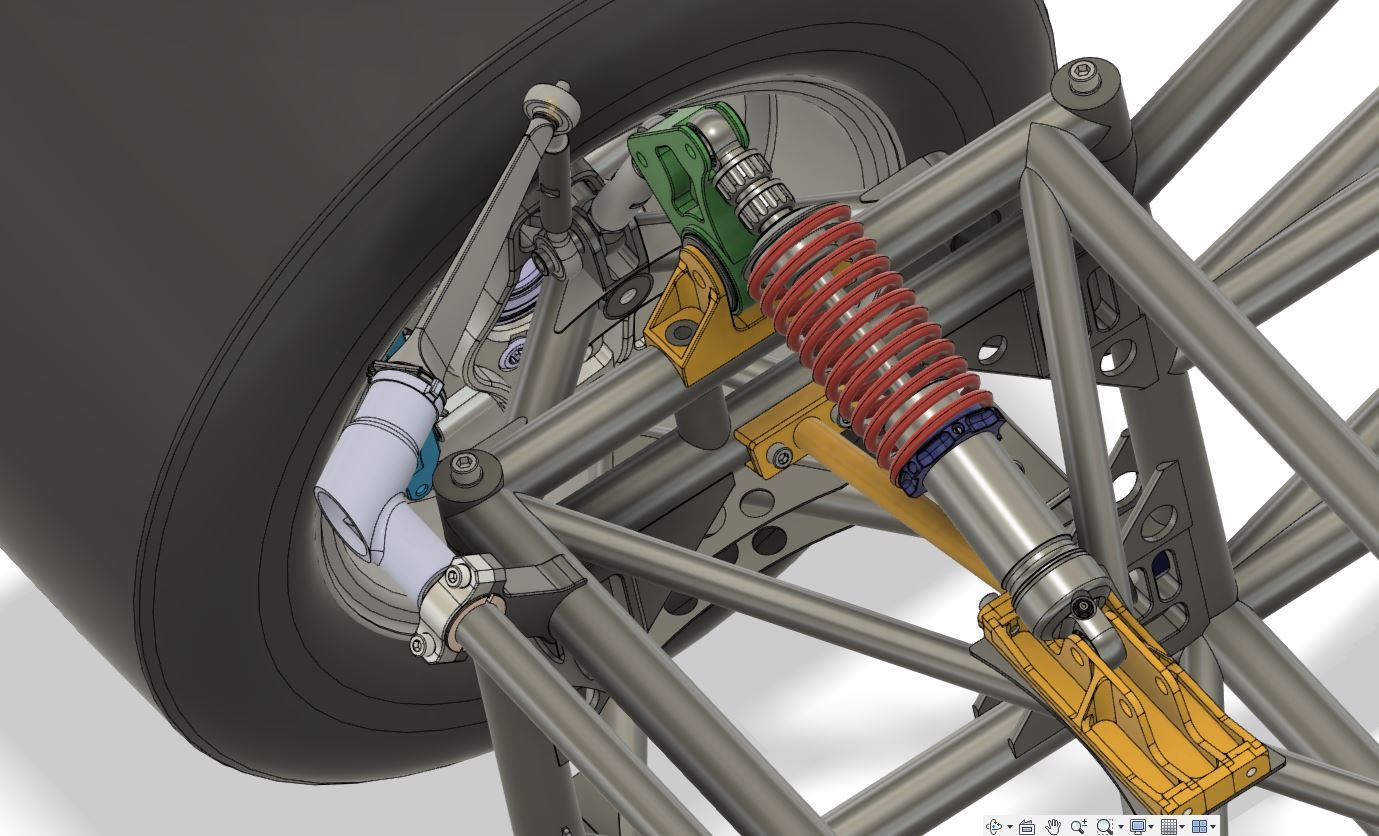
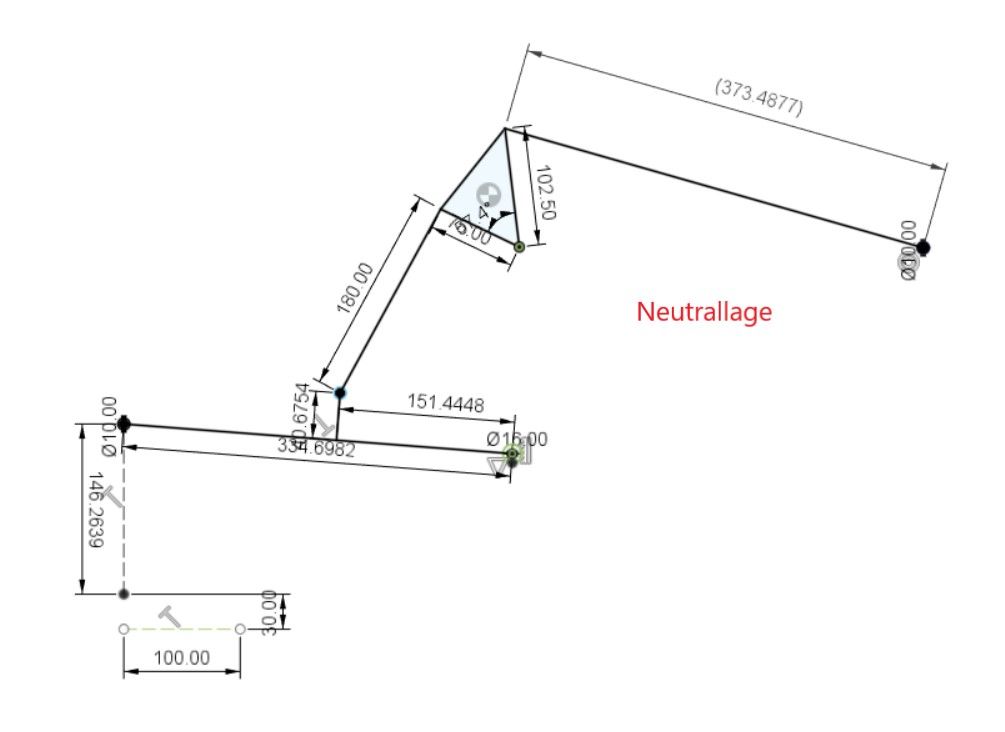
Leave a Reply
You must be logged in to post a comment.